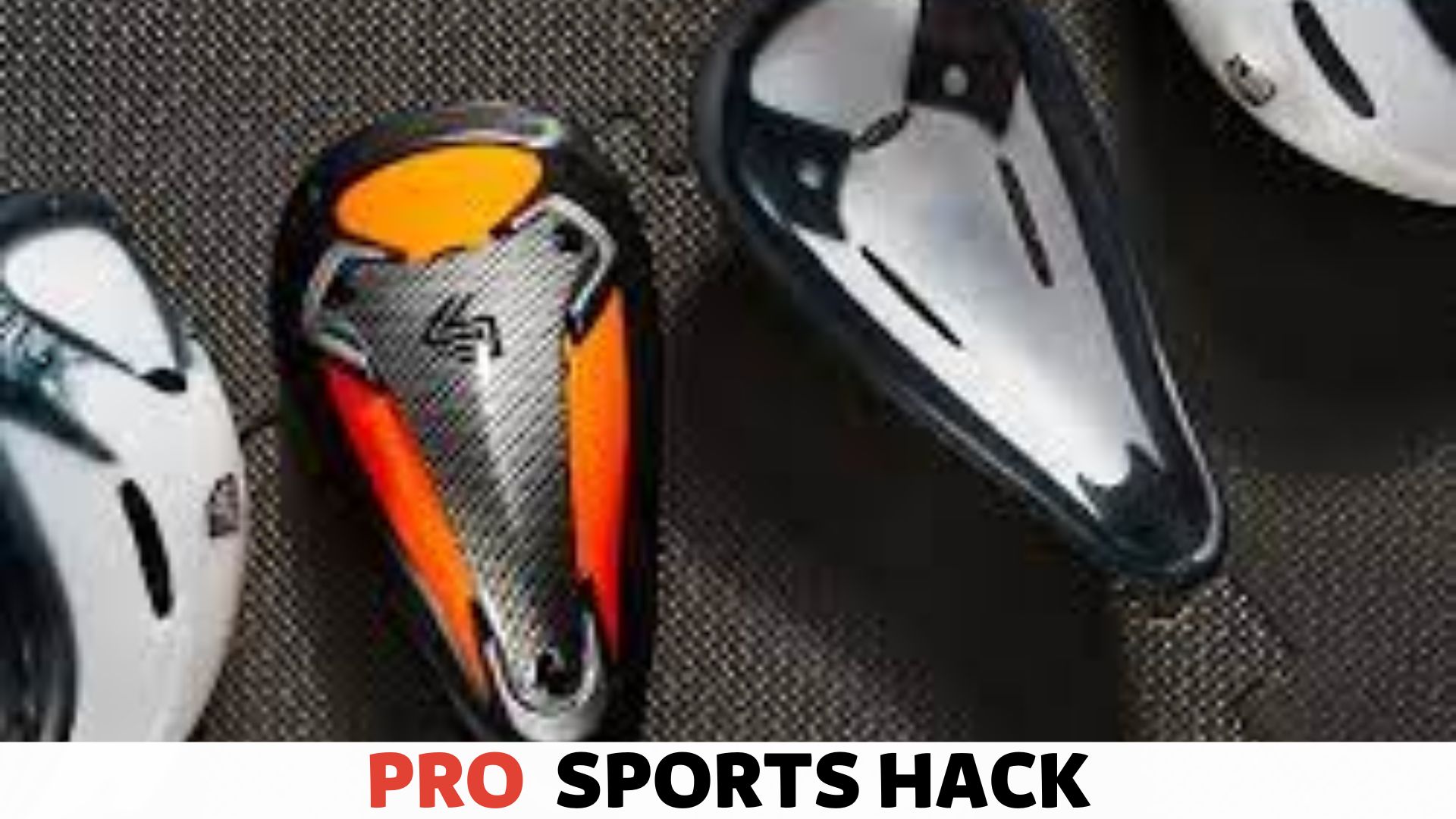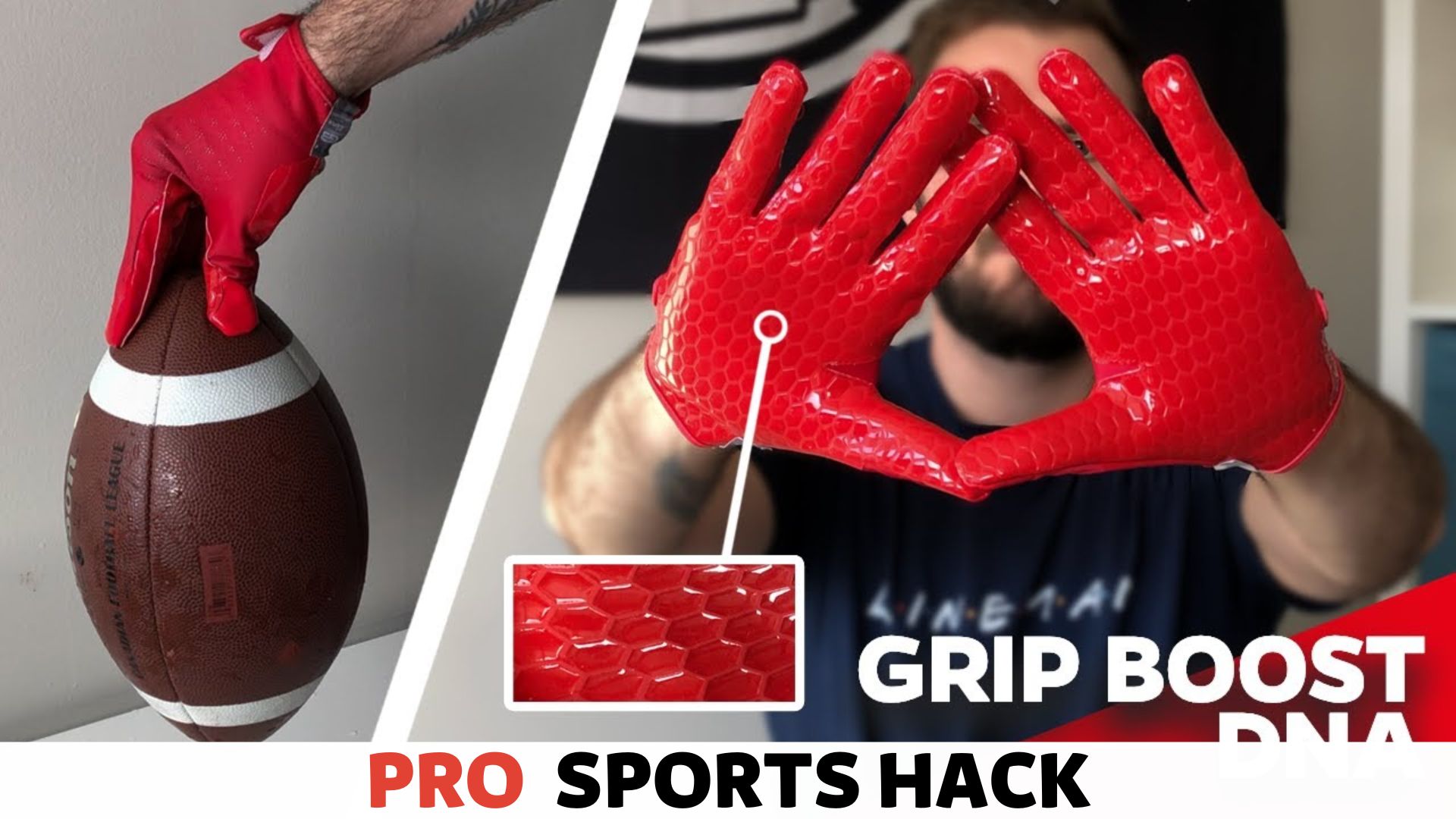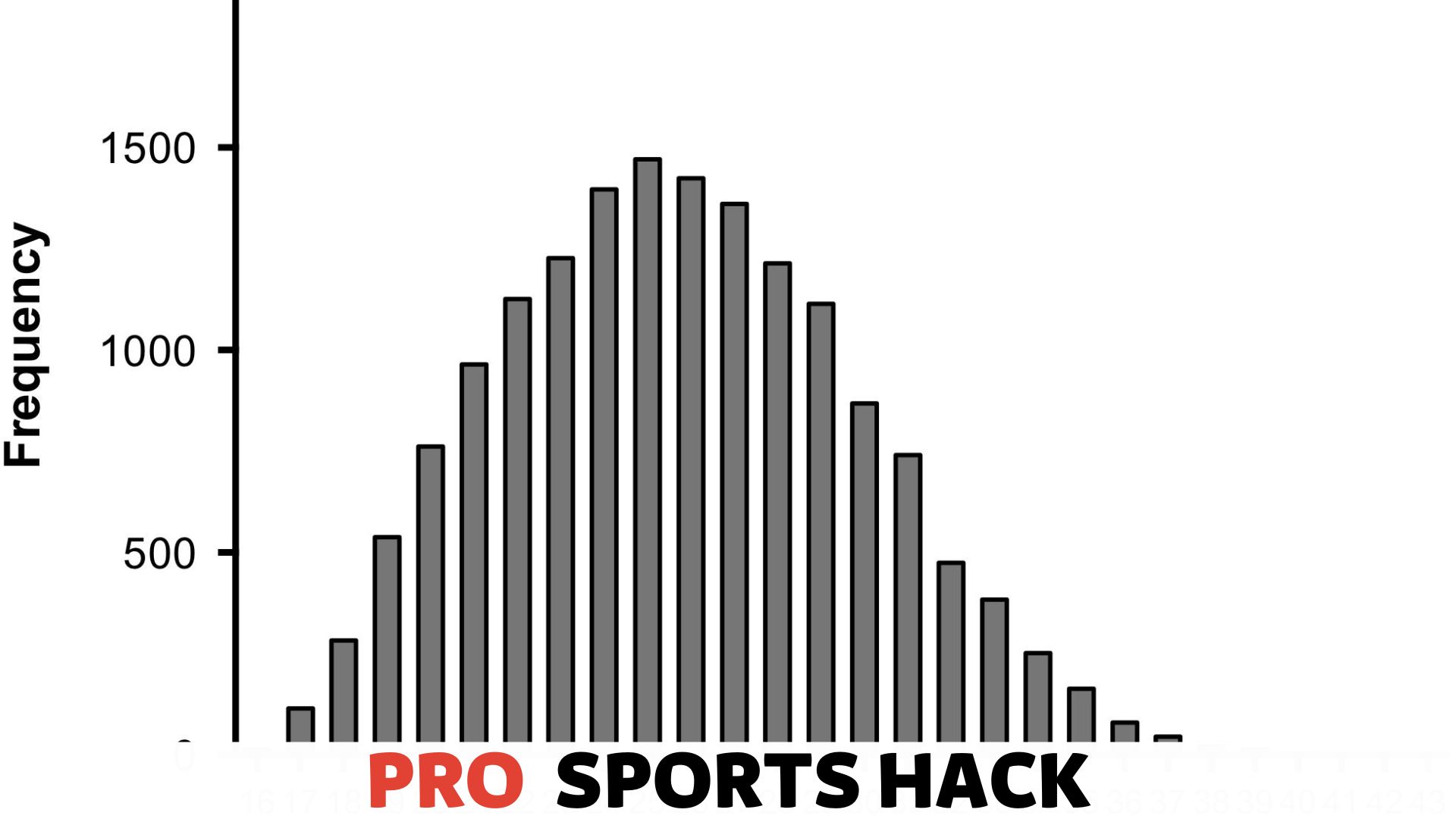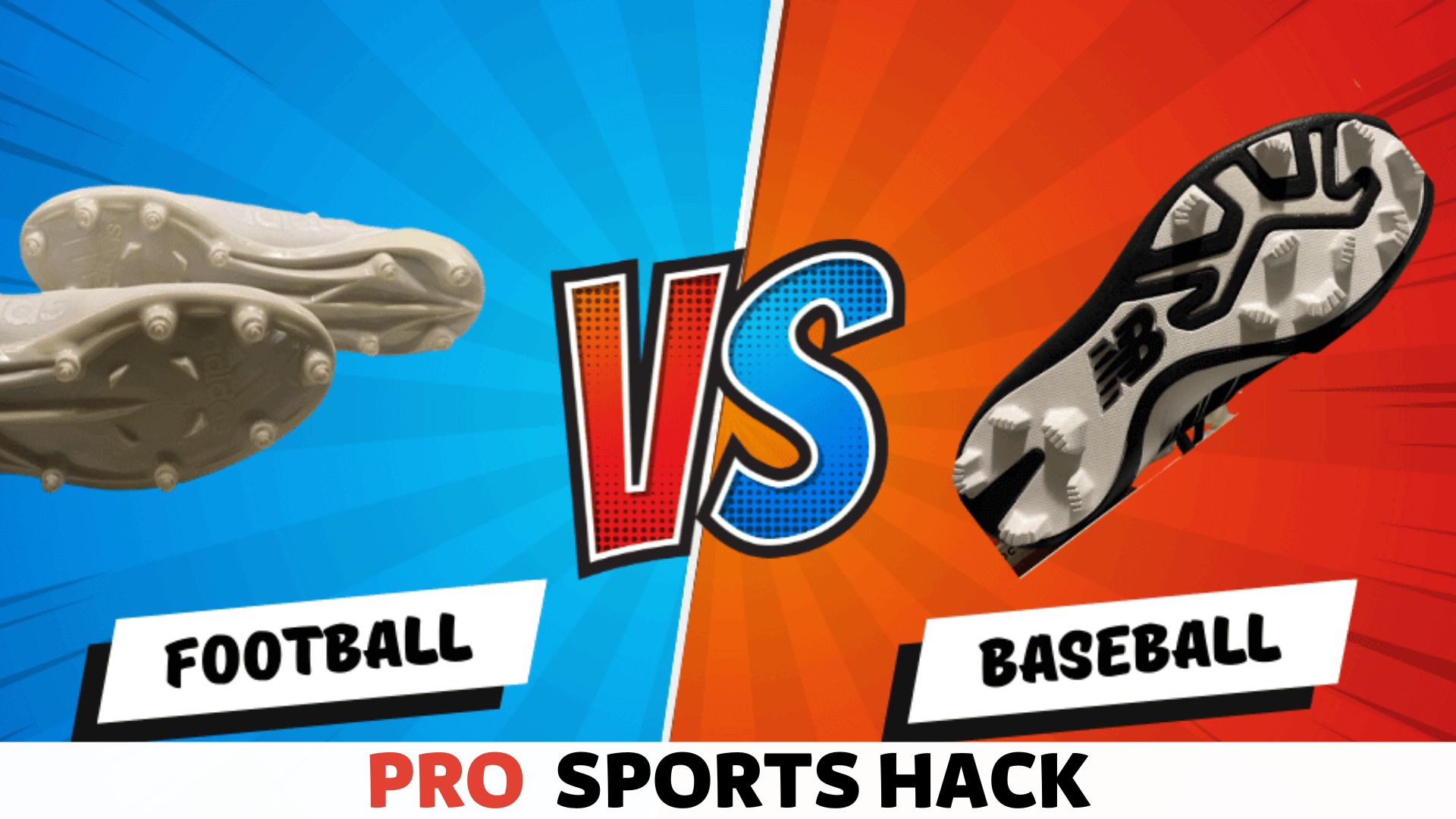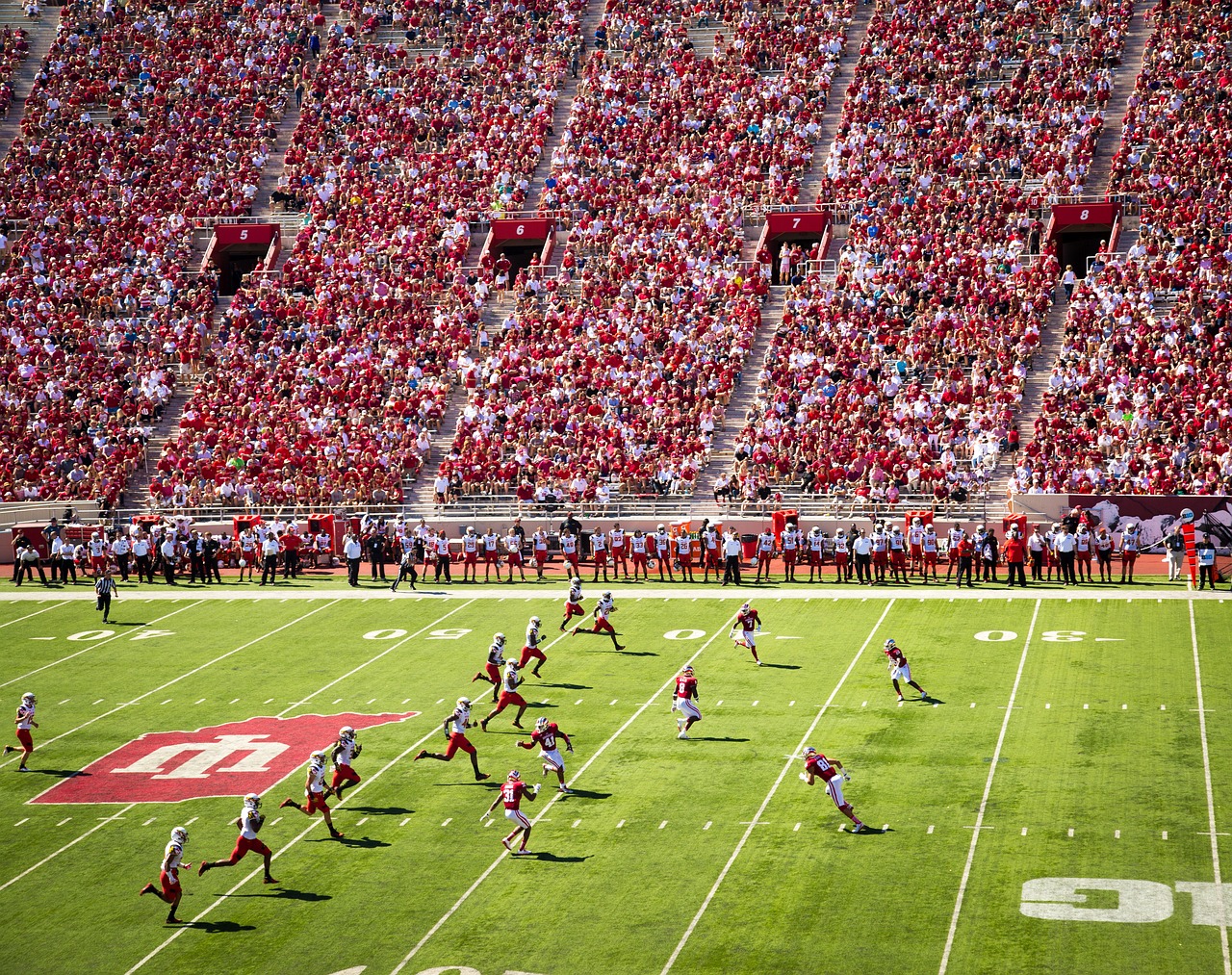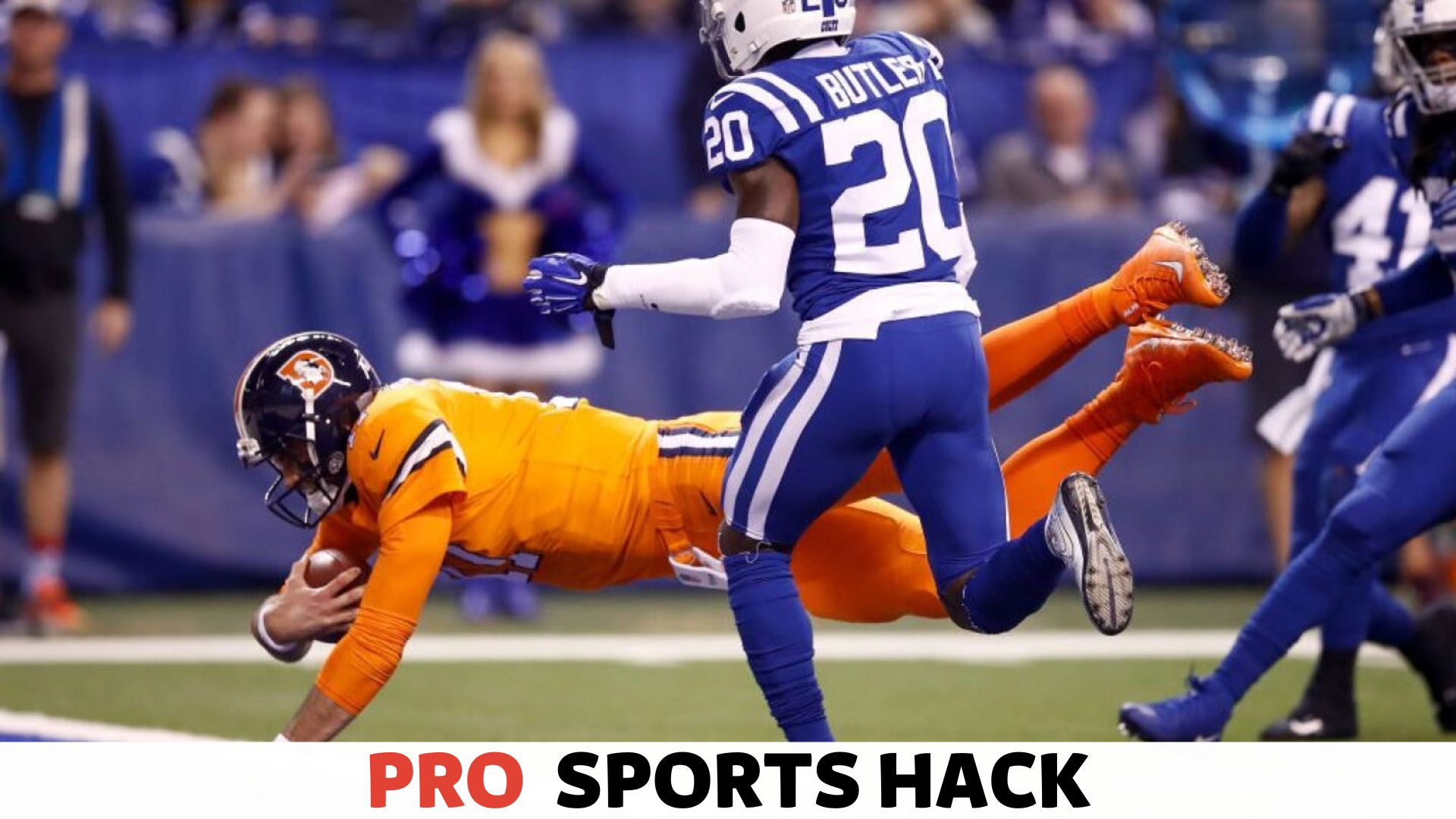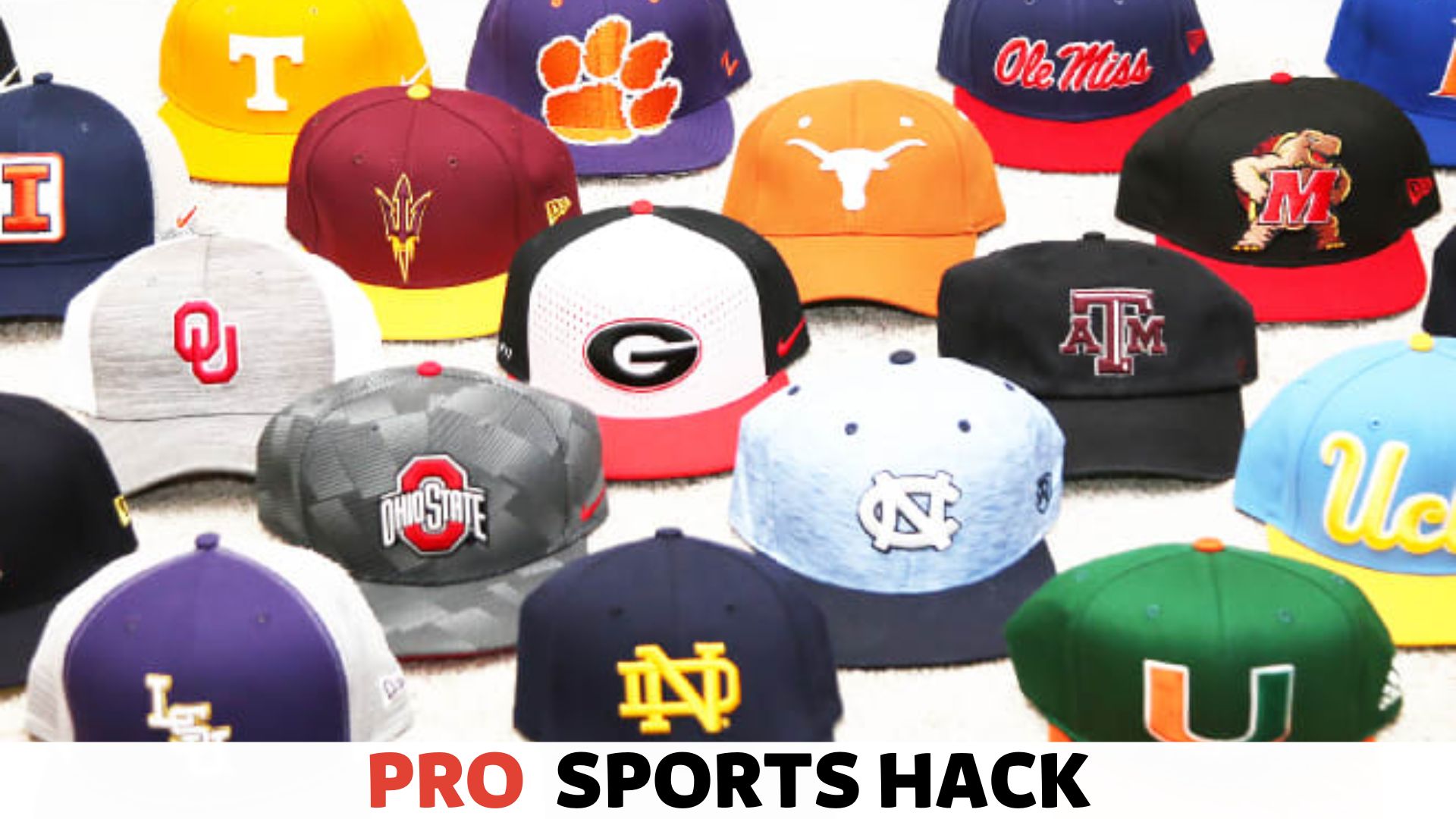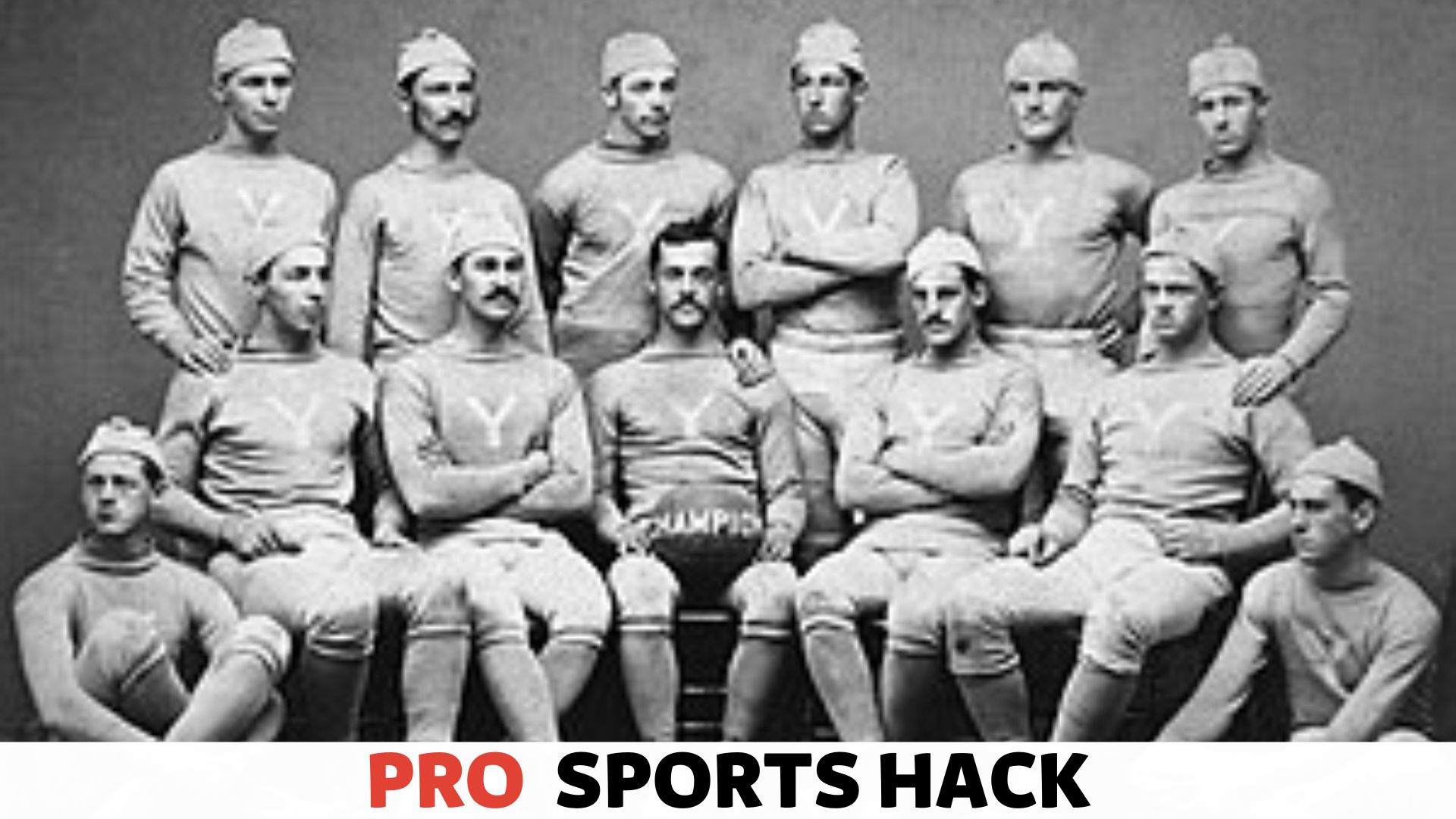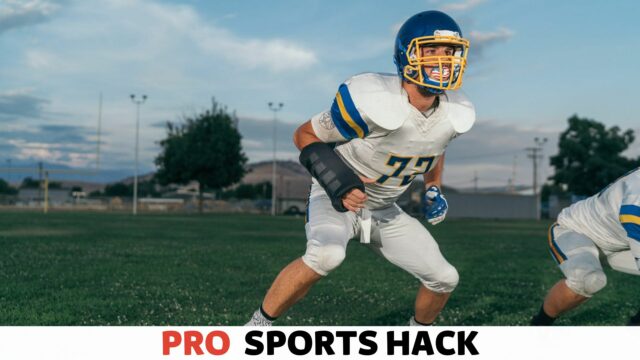
To wrap a cast for football, start by gathering the necessary materials like padding, elastic wrap, and adhesive tape. Then, wrap the padding around the affected area to provide cushioning and protection.
Afterward, wrap the elastic wrap over the padding, starting from below the injured area and working your way up.
Make sure to maintain a firm but comfortable pressure as you wrap.
Finally, secure the wrap using adhesive tape, ensuring it is tight enough to stay in place during physical activity but not too tight to cut off circulation.
Practice proper wrapping techniques to ensure the cast remains secure and aids in the player’s recovery.
Understanding the Importance
When playing football, having a strong and stable support system is crucial for athletes. This includes ensuring that any injuries are properly cared for and that players can continue participating in the game.
One essential aspect of injury management is the proper wrapping of a cast.
Understanding the importance of wrapping a cast in football is vital for players and their performance on the field.
Demands of Football Players
Football players endure rigorous physical demands on the field. The body is constantly stressed, from tackling opponents to making powerful movements.
In such a high-impact sport, the risk of injuries is significantly higher. When injuries occur, it is crucial to provide adequate support to promote optimal healing and prevent further damage.
The majority of football injuries involve the legs, particularly the ankles. Ankle sprains and fractures are common, and a cast is often used to immobilize and protect the affected area.
Properly wrapping a cast provides stability and support, enabling football players to perform on the field confidently.
Impact on Performance
Performance is a key factor in football, and any hindrance to an athlete’s ability to execute plays or movements can harm their overall performance.
Improperly wrapped casts can lead to discomfort, restricted range of motion, and decreased agility, directly impacting an athlete’s ability to perform at their best.
Quality wrapping techniques protect the injured area without sacrificing the agile movements required on the field.
Besides physical performance, the mental aspect of the game should also be considered. Confidence is vital for football players to excel, and a well-wrapped cast can significantly boost an athlete’s confidence level.
By providing the necessary support and stability, players can feel secure in participating fully without exacerbating their injury.
In conclusion, understanding the importance of wrapping a football cast is crucial for physical and mental performance on the field.
By properly wrapping the cast, football players can protect their injuries, promote healing, and maintain their overall performance, ensuring they can contribute effectively to their team’s success.
Ensuring Proper Preparation
When it comes to wrapping a cast for football, proper preparation is key for both the player’s comfort and safety. The right materials and steps can make all the difference in ensuring a secure and supportive wrap.
In this section, we will discuss how to gather the necessary materials and prepare the cast for wrapping.
Gather Necessary Materials
Before beginning the cast wrapping process, gather the following materials:
- A pair of gloves
- Medical tape
- Elastic bandage
- Scissors
- Cotton padding
Having all these materials on hand will prevent any interruptions or delays during the wrapping process. Ensure that the gloves are clean and free from any dirt or debris.
Preparing the Cast
Before wrapping the cast, it’s important to ensure it is properly prepared. Follow these steps:
- Inspect the cast for any damages or irregularities. Look for cracks, rough edges, or any other wrapping issues.
- Smooth out any rough edges or uneven surfaces using the scissors or a file, being careful not to damage the cast or the skin underneath.
- If the cast is excessively dirty, gently wipe it with a damp cloth to remove debris.
- Apply a layer of cotton padding over any bony prominences or areas where the cast may rub against the skin. This will provide extra cushioning and prevent chafing.
You can prevent discomfort or complications during the wrapping process by thoroughly inspecting and preparing the cast.
Addressing any issues beforehand will ensure a smoother experience for the player and the person wrapping the cast.
Step-by-step Wrapping Process
When wrapping a cast for football, the step-by-step wrapping process is crucial for providing proper support and protection to the injured area.
Following the correct technique can significantly aid in the player’s recovery and help prevent further injury.
Positioning the Player
Before commencing the wrapping process, it is essential to ensure that the player is in a comfortable and stable position. Have the player sit on a bench or a chair with the injured limb positioned comfortably.
Applying the Underwrap
The first step in the wrapping process involves applying an underwrap to the injured area. This underwrap is a protective layer for the skin and helps prevent irritation from the adhesive in the tape.
A foam pre-wrap can cover the injured area evenly, ensuring complete coverage.
Taping Techniques
Once the underwrap is in place, it’s time to apply the tape. Start by anchoring the tape at the base of the limb and gradually work your way up while ensuring a snug, but not too tight, fit.
Use a figure-eight technique to provide stability while allowing for natural movement. Ensure the tape is applied smoothly to avoid any wrinkles or folds that could cause discomfort.
Addressing Potential Concerns
When wrapping a cast for football players, addressing potential concerns is crucial to ensure comfort and mobility and prevent further injuries.
Comfort and mobility are key factors to consider, as players need to be able to move freely on the field. Additionally, injury prevention techniques are essential to protect the healing bone and surrounding muscles.
In this section, we will explore how to address these concerns effectively.
Comfort and Mobility
Maintaining comfort and mobility when wrapping a cast is paramount for football players. The last thing they want is restricted movement and discomfort hindering their performance on the field.
Here are a few considerations to ensure optimal comfort and mobility:
- Choose the Right Materials: Opt for high-quality, soft padding that provides adequate cushioning without compromising flexibility.
- Proper Wrapping Technique: Make sure the cast is applied snugly but not too tight, allowing natural movement without cutting off proper blood circulation.
- Focus on the Joints: Pay extra attention to the areas around the joints, such as the ankles or wrists, to ensure they can flex and extend freely.
Injury Prevention Techniques
While a cast protects the injured area, taking additional measures to prevent further injuries is essential. Here are some injury prevention techniques to consider when wrapping a cast for football:
- Strengthening Exercises: Encourage the player to engage in strength and conditioning exercises focused on the unaffected muscles to maintain overall strength.
- Supportive Taping: Combine cast wrapping with supportive taping techniques to secure the cast and provide extra stability during physical activities.
- Padded Splints: Depending on the nature of the injury, padded splints can offer added protection and support to the injured area.
Final Evaluation and Recommendations
Learn the proper method to wrap a cast for football to ensure a secure fit and provide necessary support during the game.
This final evaluation and recommendations outline the best techniques and materials for wrapping a cast for maximum protection and comfort on the field.
Assessing the Wrapped Cast
Before finalizing the wrapping process, it is crucial to assess the wrapped cast to ensure it provides the necessary support and stability for the injured area.
Here are a few key factors to consider when evaluating the wrapped cast:
- Tightness: Check if the cast is snug but not overly tight. It should allow for proper circulation and prevent any discomfort for the player.
- Range of motion: Evaluate the range of motion of the injured area. The cast should restrict excessive movement while still allowing for some flexibility.
- Stability: Test the stability of the wrapped cast by gently applying pressure to the surrounding areas. It should provide adequate stability and prevent any further damage.
- Comfort: Ask the player if the cast feels comfortable and supportive. Their feedback is crucial in determining whether any adjustments need to be made.
By carefully assessing these factors, you can ensure that the wrapped cast meets the requirements for a player to return to the football field safely.
Recommendations for Improvement
While wrapping a cast for football, there are always opportunities for improvement.
Here are a few recommendations to enhance the effectiveness of the wrapping process:
- Use high-quality materials: Opt for reliable and durable materials when wrapping the cast. This ensures longevity and stability throughout the player’s recovery process.
- Seek professional guidance: If you are unsure about the proper wrapping technique, it is always recommended to consult with a medical professional or an experienced athletic trainer. They can provide guidance and ensure the cast is applied correctly.
- Regularly check and adjust: Check the wrapped cast regularly during recovery. Make any necessary adjustments to ensure it continues to provide optimal support and protection.
- Consider additional support: Depending on the severity of the injury, it may be beneficial to use additional supports, such as foam padding or tape, to enhance the stability of the wrapped cast.
By incorporating these recommendations, you can improve the effectiveness of the wrapped cast and enhance the player’s overall recovery process, allowing them to get back on the field with confidence.
Conclusion
Wrapping a cast for football is crucial for protection and comfort. It enables players to continue playing while minimizing the risk of further injury.
Following the steps detailed in this guide, you can effectively wrap a cast and return to the game.




![Cat in the Chrysalis Spoiler: All You Need To Know [Updated] Cat in the Chrysalis Spoiler](https://prosportshack.com/wp-content/uploads/2024/02/Cat-in-the-Chrysalis-Spoiler-100x75.jpg)







